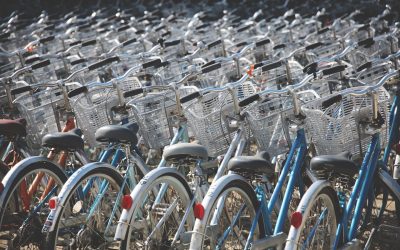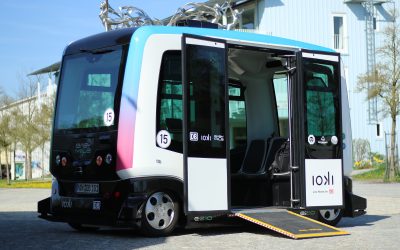The hours of motorised individual transport seem to be numbered – at least in the metropolises of this world! The recently published study « Mobility Futures » by the Kantar market research institute shows that by 2030 the proportion of car drivers in cities will fall from current 51% to 46%.
Ideas for more mobility in the countryside
Around 16 million people (as of November 2018) live in rural regions throughout Germany and it is still not easy for them to get from A to B. Without an own car, they often do not get far. This is because bus and train connections and the associated timetables are often not designed as needed and are not flexible.
Autonomous driving – a brief stocktaking
Anyone who thought of the year 2020 20 years ago probably had in mind, autonomous cars that would be romping all around on the streets. Today’s reality, however, teaches us otherwise and proves that the situation is much better: Although we are continuously on the right track, there is still no question of autonomous vehicles dominating the road traffic.
What is … the difference between AST and ALT?
The abbreviation AST in German means “Anruf-Sammel-Taxi”, in English “call-collective-taxi” and ALT means “Anruf-Linien-Taxi” – call-line-taxi. Both are demand-oriented special forms of public transport in urban, local or even regional traffic. With a small number of passengers, a large bus in regular service is uneconomical. That’s why there are the AST and ALT services – they are only in operation there is need and demand – « on-demand » in a manner of speaking.
Does Generation Z even still have a driver’s license?
In times of Netflix, Spotify and Co. almost everything is shared instead of owned. It’s not surprising that this trend is not only changing our consumer behaviour but can also influence our mobility habits. Current developments show that, despite the possibility of accompanied driving from the age of 17, young people get their driving license later: In 2012, 4.6 million car driving licences were still being issued, compared with over ten percent fewer in 2017.
Newest article

Mobility Turn now! Mobility of the future in Brandenburg
In this edition of the blog series « Mobility turn now! », we are focusing on the largest of Germany’s eastern federal states relating to area: Brandenburg. In addition to the Spreewald cucumbers and unspoilt nature, Brandenburg has a lot to offer in terms of new mobility and Smart Cities.





